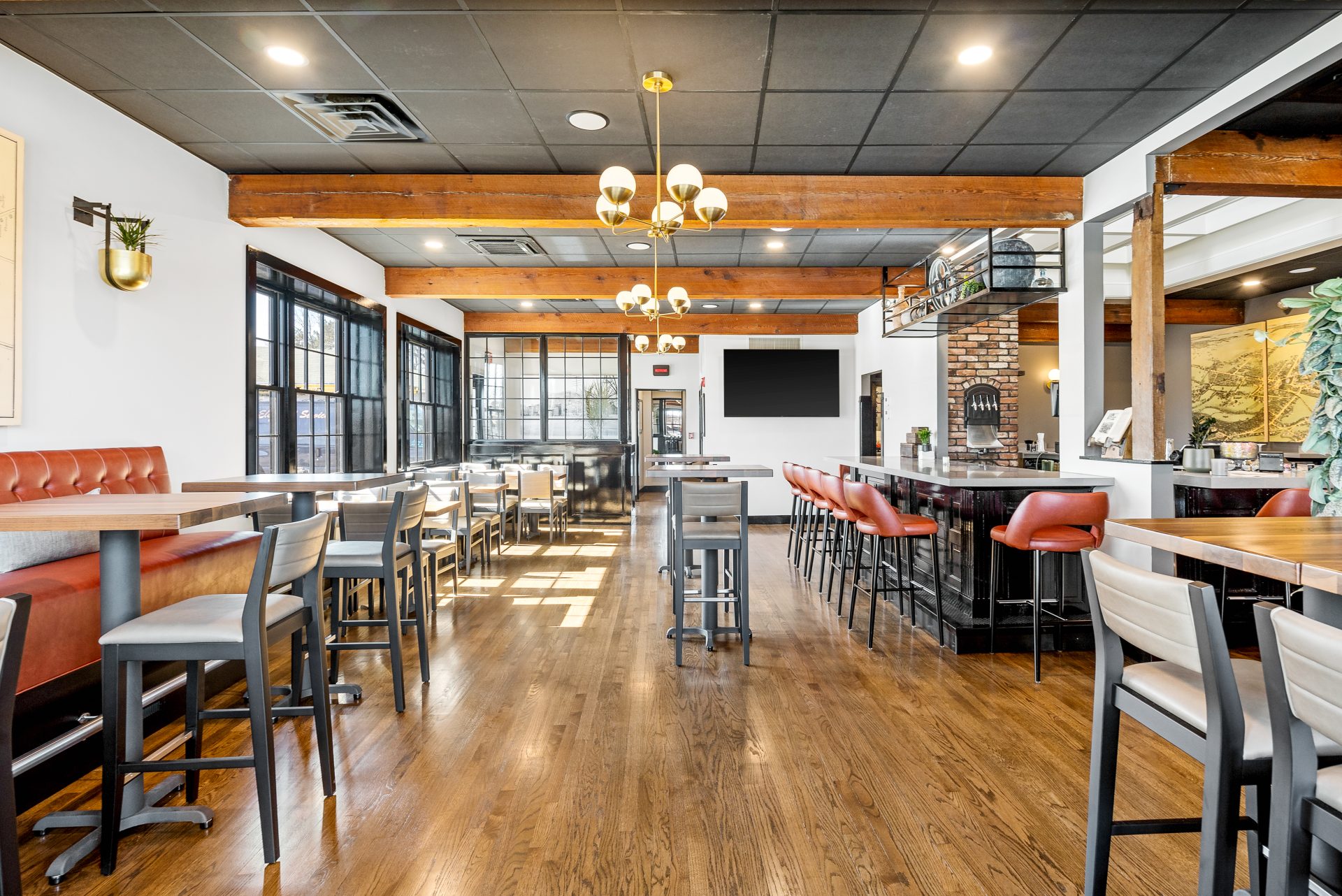Top-rated restaurants Lockhart locals and travelers love.
Top-rated restaurants Lockhart locals and travelers love.
Blog Article
Why Eating at Neighborhood Dining Establishments Supports Your Area and Delights Your Preference Buds
Dining at regional dining establishments provides more than simply a meal; it offers as a crucial part in nurturing area vitality and financial resilience. What might this imply for the future of local eating and area connection?
Economic Influence of Neighborhood Dining

The economic influence of local eating extends far past the dining establishment itself, affecting a variety of markets within the neighborhood. Neighborhood restaurants play an essential duty in stimulating economic development by creating tasks, sustaining regional distributors, and adding to municipal earnings. When consumers select to eat at neighborhood facilities, they help suffer employment for cooks, servers, and upkeep staff, therefore boosting the regional work market.
Additionally, regional restaurants often resource active ingredients from neighboring farms and manufacturers, fostering a durable supply chain that benefits different agricultural markets. This technique not only sustains regional economies yet also encourages lasting farming practices. In addition, the sales tax obligation generated from these dining establishments adds to crucial civil services, such as education and facilities, which better improves community top quality of life.
In addition, local dining facilities usually cultivate a feeling of community, bring in locals and site visitors alike, which can bring about enhanced foot web traffic in surrounding businesses. This interconnectivity among regional business boosts economic strength, creating a lively and sustainable neighborhood environment. Fundamentally, the support of local dining is an investment in the more comprehensive economic wellness of the area, advertising growth and sustainability for future generations.
Distinct Culinary Experiences

Additionally, many neighborhood facilities welcome farm-to-table methods, stressing the relevance of seasonal produce. Diners can savor the freshness of active ingredients sourced from neighboring farms, which not only enhances flavor however also promotes a link to the local landscape. This dedication to quality and locality establishes the phase for distinct cooking experiences that are commonly absent in chain restaurants.
In addition, regional chefs frequently experiment with combination cuisine, mixing diverse cooking practices to create interesting new meals. Such development not just tantalizes the palate but also encourages adventurous dining, inviting patrons to broaden their cooking horizons. Involving with regional restaurants allows diners to appreciate dishes that are not simply about food, but about the creativity and interest that specify the cooking globe, making every eating experience absolutely unique and delightful.
Fortifying Area Bonds
Dining at neighborhood dining establishments plays a pivotal role in strengthening area bonds by cultivating connections amongst locals. These establishments offer as important gathering locations where individuals can engage in purposeful conversations, share experiences, and create long-term memories. As customers frequent the exact same local areas, they cultivate a feeling of familiarity and friendship, reinforcing social connections within the community.
In addition, regional dining establishments commonly reflect the one-of-a-kind social textile of their communities, showcasing local customs and cooking heritage. This event of local culture not just boosts area identity however also motivates homeowners to take pride in their environments. By taking part in the neighborhood dining scene, individuals add to a shared narrative that binds them with each other.
Area events held at dining establishments, such as open mic evenings, charity events, click here for more info or food festivals, additionally boost these links. They give opportunities for partnership and involvement amongst varied groups, promoting inclusivity and understanding. As homeowners collect to support regional services, they at the same time support one an additional, creating an interconnected network that enhances the area's durability.
Basically, eating at neighborhood restaurants is not just about food; it is an enhancing experience that fortifies community bonds and grows a vivid, united local culture.
Supporting Neighborhood Farmers and Manufacturers

This method reduces transportation costs and discharges, advertising ecological sustainability while additionally enhancing the taste and quality of the meals offered. Seasonal menus, which highlight local produce, allow restaurants to offer unique culinary experiences that reflect the region's agricultural bounty.
Furthermore, supporting regional farmers assists protect standard farming methods and motivates biodiversity. It equips small-scale producers, permitting them to grow in a significantly industrialized food system. As neighborhood dining establishments select to partner with these farmers, they help maintain a vivid farming neighborhood, making sure that regional food systems remain resistant.
In significance, dining at local restaurants is not just regarding taking pleasure in a meal; it is an investment in the neighborhood economic situation and an affirmation of sustainable practices. By picking regional, diners play an important role in supporting their neighborhoods and supporting the hardworking people who cultivate their food.
Maintaining Regional Society and Heritage
Rooted in the customs of their communities, neighborhood restaurants work as crucial custodians of cultural heritage. By showcasing local ingredients and typical food preparation methods, these facilities preserve the unique flavors and cooking practices that specify local identification. Each dish narrates, mirroring historical impacts and social stories that have formed the neighborhood over generations.
Furthermore, local restaurants typically champion time-honored dishes passed down with family members, making sure that distinct social practices live. This not only informs clients regarding the area's heritage but likewise promotes a feeling of pride and belonging among homeowners. The atmosphere, decor, and also music in these establishments usually echo the regional culture, offering an all natural experience that goes beyond mere dining.
Moreover, neighborhood restaurants contribute to the conservation of language and languages, as food selections and discussions frequently integrate Website regional vernacular. By getting involved in community events and events, these dining establishments reinforce social bonds and advertise cultural exchange. In essence, dining at local restaurants is not simply a cooking experience; it is an opportunity to engage with and support the rich tapestry of neighborhood society and heritage, guaranteeing its connection for future generations.
Verdict

Report this page